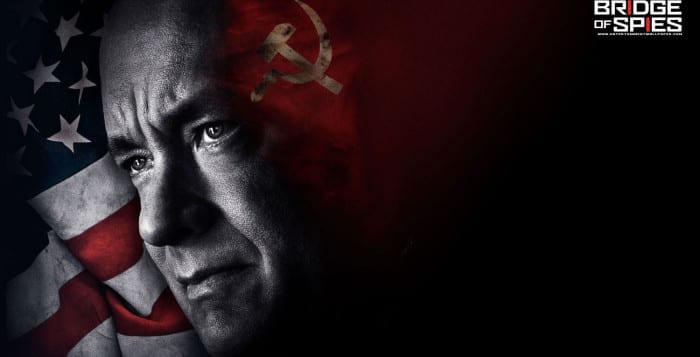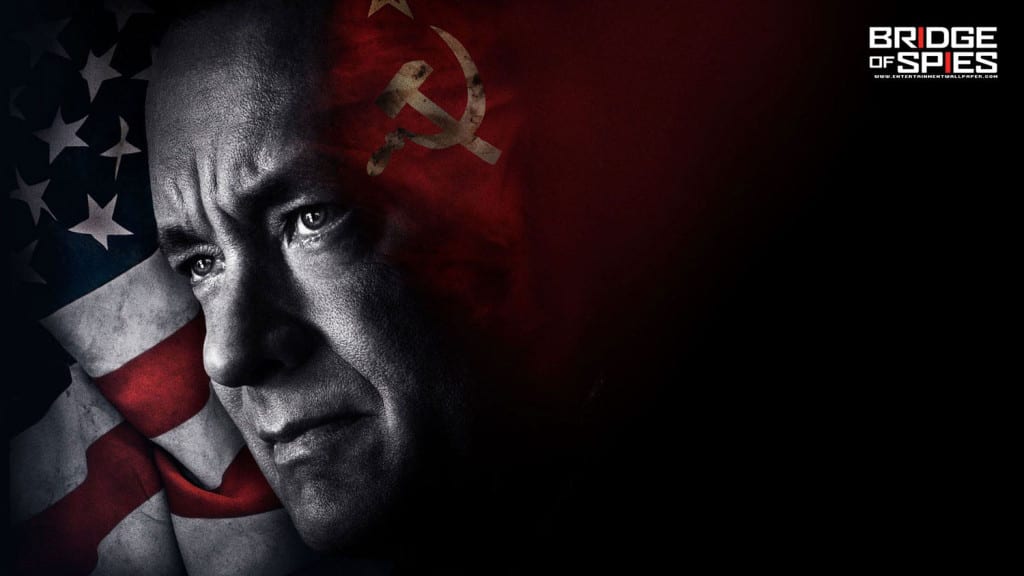The hottest real estate in Japan these days is a bomb shelter, with a starting price from $19,000. When I heard that reported on the radio, I was instantly transported back to my first-grade class where, upon a signal, we covered our heads with our coats and slid under our desks. It was the Cold War: Stalin and the Soviets were the enemy, and we had drills to prepare for an atomic blast. One day, there were moviemakers at the school, before television became popular, and they recorded us taking cover for the newsreel that preceded the feature film in every movie theater. In fact, there were two feature films in those days, usually referred to as A and B movies, but first the viewers were treated to the news of the week. I was in the front row of my class, so I could be clearly seen on the screen crouching beneath my desk. But I never saw myself because my parents usually didn’t go to the movies. Neighbors told us that I was front and center.
Just as the movie seemed unreal to me, so did the Cold War and the atomic bomb from whose blast my raincoat was supposed to protect me. World War II had ended, and I grew up in the subsequent Cold War generation.
I heard people talking about building bomb shelters, but I couldn’t imagine having one since we lived in an apartment in the middle of the city. It did occur to me to wonder where we would find shelter in the event we needed to, and I think I questioned my parents about that once, but they didn’t seem to want to discuss the subject so it never came up again. My schoolmates may have been fearful, but we never talked about the bomb.
Then Stalin died, there was eventually detente with the Soviets, a popular novel appeared by Ian Fleming called “From Russia with Love,” we watched the touring Bolshoi Ballet at the old Metropolitan Opera House, something in my gut unclenched, and no one had atomic bomb drills anymore.
I hate the idea that children in Japan are now growing up under the shadow of a nuclear bomb threat. Those in South Korea are surely afraid and, for that matter, now those in Seattle. In fact, fear seems to be rearing its ugly head in the United States, a country ordinarily known for its optimism and “pursuit of happiness.”
For example, I would not like to be an immigrant here today and certainly not an illegal one. Those in that category must be living in fear day and night. I have no sympathy of course for illegal immigrants who have committed serious crimes and are therefore most likely to be deported. But the idea that ICE representatives are patrolling the courthouses, looking for illegals, certainly creates an atmosphere of people being hunted. I would also not like to be an employer whose business depended on the seasonal help of immigrants. Industries like hospitality, restaurants and farming haven’t known if their legal immigrant workers would arrive. Without that extra help, many businesses cannot survive because there are not enough Americans willing to do those low-level jobs. Ditto for those with special needs who require aides at home.
On the other side of the ledger, our economic picture seems rosy. The stock market is setting new records almost every day, as corporations are being rewarded for making profits and the prospect of deregulation encourages investment. The unemployment rate is the lowest in some 20 years. Yet there is a great divide between financial and political happiness. Many of the same people happy with the economy are unhappy with the political picture, bemoaning the chaos in Washington, D.C.
As we have always done, we will soldier on with our domestic problems. We are doing less well reacting to the foreign challenges, fear prompting us to answer threats with threats.






